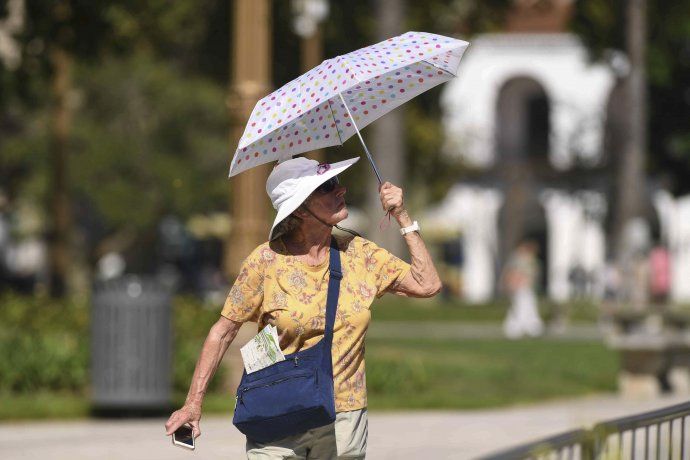The organization launched a list of recommendations and advice to protect older adults from high temperatures.
He summer It has already arrived and the increase in temperatures is beginning to be felt. These are months in which heat waves appear every now and then and the thermometer can reach 40°C, or more, depending on the area in which you live.
The content you want to access is exclusive to subscribers.
And in addition to enjoying the outdoors, relaxing or going on vacation, we must not forget to take extreme care when facing these intensely hot days. That is why the Comprehensive Medical Care Program (PAMI)the public social work for older adults, provided advice and recommendations for prevent your members from suffering from heat stroke.


He “heatstroke” is the common way of referring to the hyperthermia. This disorder occurs when the body temperature rises to higher than normal levels and the thermoregulation system cannot function properly. It is associated with prolonged exposure to high temperatures and humidity or intense physical exertion during very hot days.
Among the milder symptoms You may have red or very pale skin, headache, dizziness, intense thirst and dry mouth, excessive sweating, or exhaustion and tiredness. Although the problem arises when the condition worsenssince you may experience a high fever (more than 39°C), fainting and weakness, muscle cramps, confusion or disorientation, or even loss of consciousness.
heat wave

Telam
How to care for older adults in the event of heat stroke?
PAMIthrough its website, made a list of recommendations for protect older adults during this time of high temperatures, preventing heat stroke. These tips also work for all age groups.
- Good hydration. Drink water regularly, even without being thirsty. Remember that an adult needs to drink at least 2 liters of water a day (equivalent to 8 glasses). Avoid sugary and alcoholic drinks on very hot days. The best way to achieve this is to always carry a bottle of water and take advantage of meals to hydrate yourself.
- Avoid prolonged exposure to the sun. Stay in cool places and shadeespecially between 10 a.m. and 4 p.m.
- I keep the ventilated and fresh environmentsuse fans or air conditioning if possible.
- Reduce or avoid intense physical activity during the hottest hours.
- Wear light clothing, light colors and breathable materials.
- Use sunscreen and reapply it every 2 hours.
If the person experiences mild symptoms, it is advised hydrate immediately and look for shade or a cool place. You can also moisten reddened skin or apply cold water washcloths, especially on the neck, armpits or groin to lower body temperature.
If you have serious symptoms such as confusion, high fever or loss of consciousness, it is recommended to go to a doctor. health center immediately or consult with your family doctor.
Source: Ambito
I am an author and journalist who has worked in the entertainment industry for over a decade. I currently work as a news editor at a major news website, and my focus is on covering the latest trends in entertainment. I also write occasional pieces for other outlets, and have authored two books about the entertainment industry.




